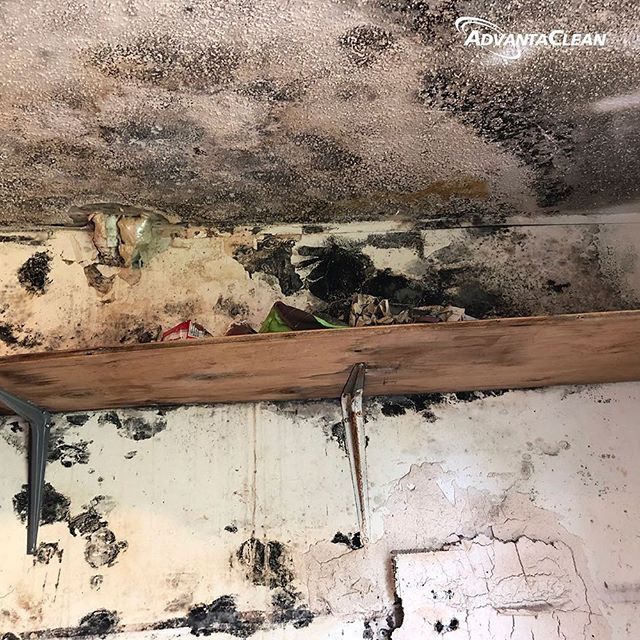Mold In The Air Vents

As cool air flows through the vents on hot days the moisture in the air can condense inside the air vent.
Mold in the air vents. The symptoms may vary from person to person and can also depend on the length of exposure and the amount of spores inhaled. The mildew can be introduced into the vents in several ways. Removing the vents on a normal basis for cleaning will prevent dusty build up. Air return registers will get dusty as air passes through them and being dirty is not a sign of mold being present.
Common symptoms and health problems caused by black mold may include. If the testing team does find mold remediation is done by air duct cleaners. Black mold in your air vents can cause a variety of unpleasant symptoms and health problems. Condenser coils pull moisture out of the.
Pour the mixture into a spray bottle and spray as far as you can into your air vents until the mildew growth is completely soaked. What you can do about it. They will perform a thorough inspection of vents hvac units ac coils and other places that can harbor mold. Use a ladder to get better access into the vent.
When moisture is present mold can flourish inside vents. One of the first signs that black mold is growing in your air vents is a distinct musty mildew like smell in specific rooms or even throughout your entire home. Once your ducts are clean and free of mold prevent future growth by having your ducts and hvac systems regularly cleaned and maintained. Look for the first signs of mold around ac vents in the ducts and in the drip pans.
Air conditioner vents can be breeding grounds for black mold. Symptoms to watch for. While it is best to clean any visible mold keep in mind the fact that mold spores are microbial and can not be seen by the human eye. Mold and mildew in air vents and ducts can smell wet rotten or stale.
Also soak the sides and ceiling of the air vent to ensure that any microscopic mildew growth is also covered. Mold in air vents. You may also be able to see the presence of mold around drip pans air ducts and within intake vents. Let the solution sit on the growth for at least 20 minutes.
Mold loves wet surfaces and it gets food from pollen in the air dead insects or bits of leaves that blow in through the outside vents. Condensation forms in the coils and ducts as cool air circulates through the system creating a habitat for moisture loving mold. As soon as you switch your heater or air conditioner on the microscopic particles start floating and blowing out with air into the room.














































